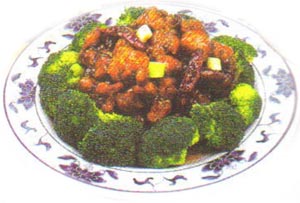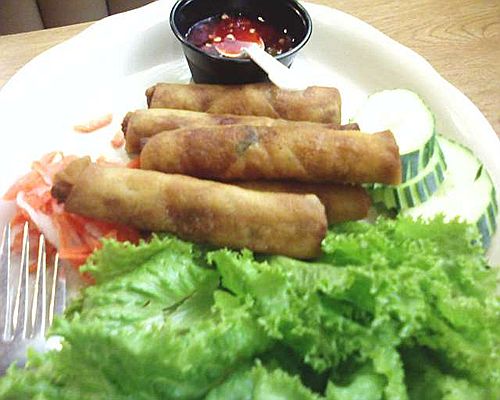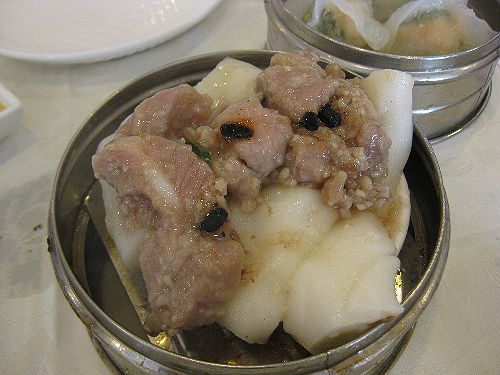Liang Zhu Culture is an important sect of ancient culture in the area of Tai Hu Lake, residing at the lower reach of Chang Jiang River. This prehistoric civilization roughly 4000-5300 years ago earned its name after the local Liang Zhu Town in Yu Hang city, thanks to the discovery by Mr. Shi Xin Geng from the original West Lake Museum in 1936.
More than half a century's archaeological investigation and excavation has preliminarily identified three towns—Liang Zhu, An Xi and Ping Yao—with more than 50 relic sites of Liang Zhu Culture, which contain villages, tombs and altars. Since 1980's, some altars and tombs on Mountain Fanshan, Mountain Yaoshan and Mountain Huiguan have been found to closely relate to those relic sites. The discovery of nobles' tombs with exquisite jade burials and the large-scale Mountain Mojiao Structure relic proves the fact that Liang Zhu cultural site is one of the most outstanding regions to display the 5000-year Chinese history and will become an oriental Mecca.
Tai Hu Lake area, where Liang Zhu Culture has developed, is one of the places to originate paddy agriculture. Most stone farming tools among Liang Zhu sites such as triangle plough and V-shaped soil breaker are self-evidently big progress in ancient agriculture, coupled with development of handicraft industry. As a result, ceramics, jade carving and textile were separated from agriculture. The fine jade art at that time particularly show the sophisticated level of handicraft industry. Other objects like lacquer wares, linen products or tusk ornaments demonstrate a certain advancement of social productive force and the cultural connotation conceived.
Based on the development of social productive force, social systems clashed fiercely during Liang Zhu Renaissance, coming up with varying hierarchy, which can especially exemplified by tomb sites. Many man-made tomb platforms have been found in Mountain Fanshan, Mountain Yaoshan and Mountain Huiguan in Zhejiang Province. These nobles' tombs have spacious room inside in company with exquisite burials like a large number of ritual jade objects. On the contrary, the civilians' graves such as found in Xu Bu Bridge, Qian Jin Jiao, Ping Qiu Mound, Wu's Wharf and Miao Qian do not have exclusive sites , but are scattered around the habitation. With very little space, these graves are only equipped with pottery or simple jade wares. Obviously, hierarchy differences appeared in intense confrontations in Liang Zhu society.
The wealth accumulation taking place in these differences was achieved by some social power above the clan community. The construction of huge tomb terraces was a stupendous task. Mountain Mojiao is particularly an impressive example beyond people's basic needs at that time, requiring social order to guarantee, otherwise the consequence was unimaginable. Establishing such social order had a lot to do with the social hierarchy. It is believed that highly awesome leadership existed in Liang Zhu period, which mobilized the labor force to carry out this large scale construction.
The existence of such social power is evident in jade objects production. The processing of jade objects is a complicated multi-step course. Therefore, jade is a product as a result of specialized handicraft industry. Except jade pearl, particle, bi (disc), most Lang Zhu jades are carved with beautiful patterns, showing the focus of various types of work. Producers must shake off the purpose of earning living materials, which should be supplied by others, and concentrate on this monotonous job. Meanwhile, as the shape and pattern carving is quite regular, the mental work during the production increased, tending to be independent from physical labor. Thus, the separation of physical and mental work took shape.
The ritual system was the key to the social reforms in Liang Zhu society. There are more than 20 varieties of jade objects unearthed from Liang Zhu nobles' tombs, such as cong, bi (disc), dragon-headed jade part, awl-like thing, three-pronged ware, capped object, semicircular pendant, spinning wheel and medal ornament. In those humble graved, only small jade ornaments like pipe, pearl and single awl-like part were found. All those difference were a result of the social hierarchy of Liang Zhu Culture. Meanwhile, some pottery double snuff-bottles, vessels and stemmed bowl with carvings of beautiful creatures and patterns were all excavated from nobles' tombs, another proof of jade use in pottery.
The core of ritual system lies in the subordinate relationship between the noble and the humble, the high and the low, the superior and the inferior, the close and the distant, which was best expressed by jade usage in Liang Zhu Culture. The use of jades marked the beginning of Liang Zhu cultural ritual, caused by socially essential change. Liang Zhu society was a step from barbarian prehistoric phase towards civilized human kind.








 PREVIOUS
PREVIOUS